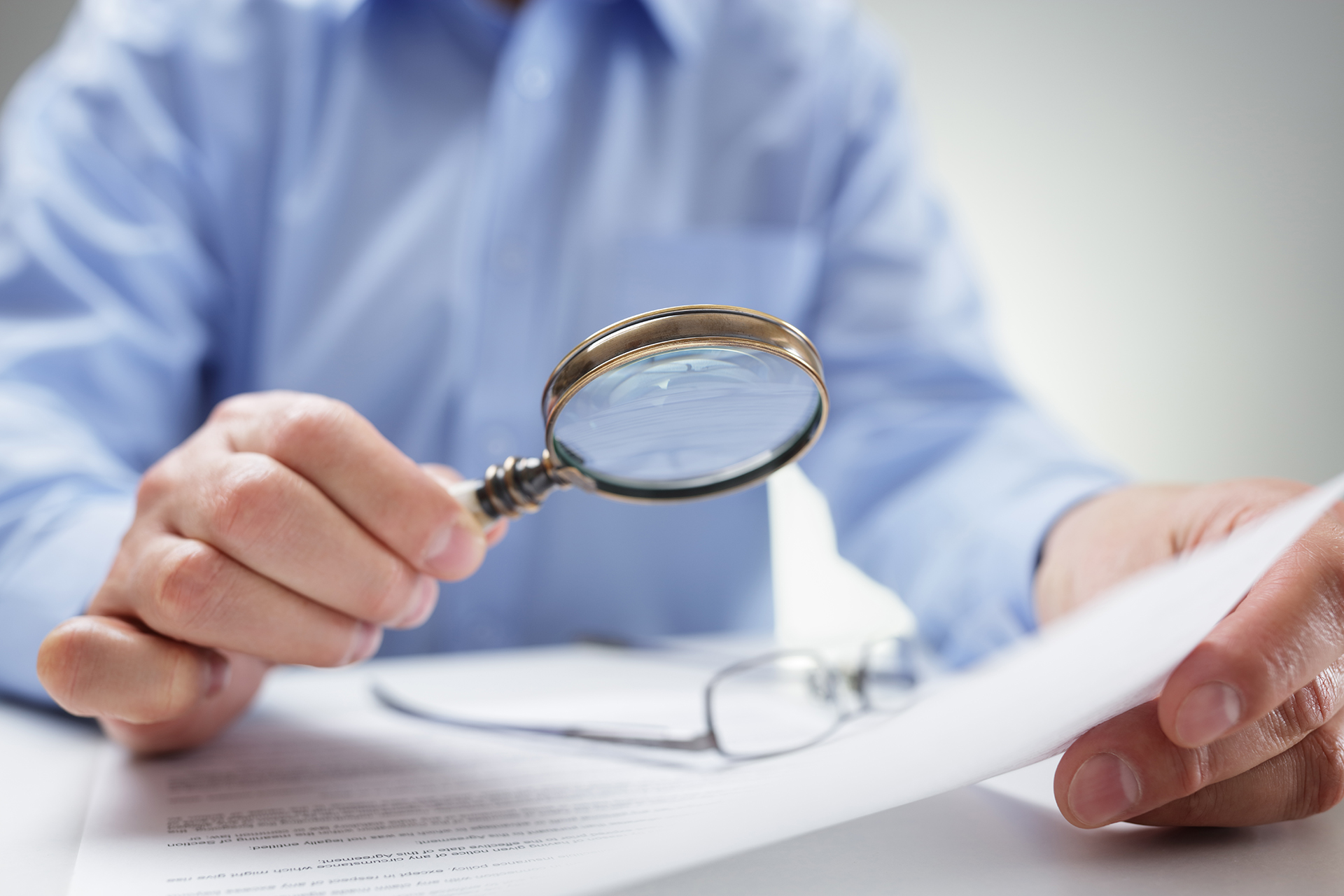Lab Costs Evaluation
What to look for in a lab costs evaluation of a dental practice.
contact us Work with Us
What to look for in a lab costs evaluation of a dental practice.
contact us Work with UsContinuing on our quest to break down the common costs in a dental practice, let’s review today the average monthly cost of labs — and what, if anything, you should do to adjust them.
Whereas dental supply costs (which we reviewed last week) are typically for items used in the office — think anything from prophy paste to handpieces — lab costs include expenses for all dental work sent to outside labs, like crowns, bridges, implants, retainers, etc.
So what are the numbers? Nationwide, 5.8% is the monthly lab cost for a dental practice as a percentage of collections. Broken down by practice size you can see that the more a practice collects, the more it tends to spend on lab costs.
|
|
Compare that to the chart I shared last week, when we looked at average dental supply costs.
|
|
Not long ago, supply costs and lab costs tended to be pretty close to each other on a dollars-spent basis. They accounted for roughly the same number as a percentage of collections. In the last decade or so, though, supply costs have been going up a bit while lab fees as a percentage of collections are decreasing incrementally.
Very likely this is influenced by 3D printers and other technologies that allow dentists to manufacture or mill their own products in-office. Equipment like that can represent a significant upfront investment, but also brings a significant decrease in long-term expense, since all you need to pay for is the raw material to make crowns and bridges, dentures, and so on.
So, how important is it for you to spend a lot of time looking at your lab costs and worrying about where they’re at compared to the national average? Well, the answer is a bit of a cheat.
It IS important that you keep your lab costs — and other costs — down as much as possible. If you let your overhead get out of control, that cuts into your profit margin, which cuts into your income as well as the future value of your practice.
Very few doctors I speak with tell me that they spend much time eking out another tenth of a percent in this category. As with supply costs, the savvy dentist knows not to spend a huge amount of time on this number. Instead, that dentist will set up correct procedures and hire competent employees to manage those numbers for her. She’ll check in on her lab costs periodically, but let her employees handle the day-to-day management of labs, while she spends her time on more valuable things, like increasing collections.
Focusing on collections — especially by spending as much of your time as possible in the chair performing valuable dentistry — will do more for your lab cost percentages than worrying about the lab costs themselves. Hire good employees, install good systems, and consider investing in 3D printing technology if you haven’t yet. All of these will go a long way toward keeping your costs down and your practice’s value up.
As always, give me a call if you have any questions about these or other numbers you come across in your search for the perfect dental practice to buy.
Read More:
What Should a Practice’s Dental Supply Cost Be?
Buy an OLD, DINGY Practice? Maybe! | Is it a Good Dental Practice to Buy?
Why Staff Costs Are So Important | Is It a Good Practice to Buy?
Listen to this podcast to understand how to quantitatively analyze a practice for sale.